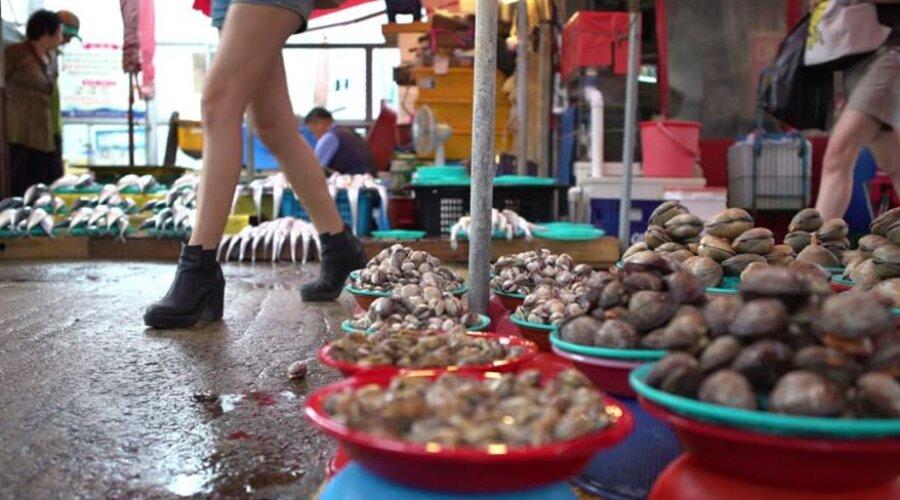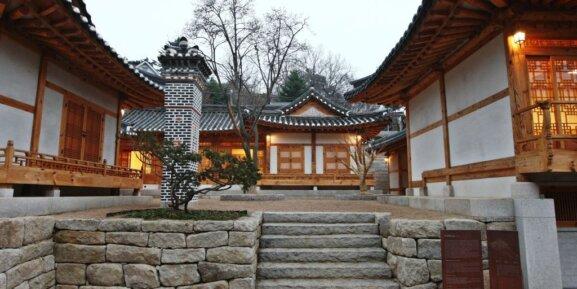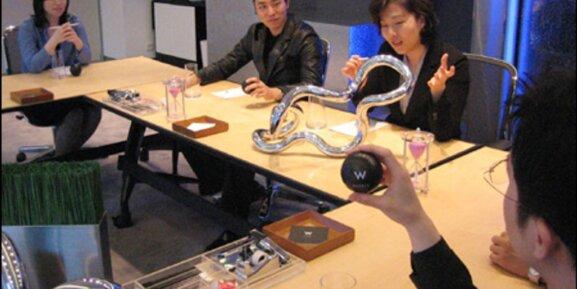“Market Marvels: Exploring the Vibrant Markets of South Korea”
Welcome to the enchanting realm of South Korea! With its rich cultural heritage, stunning landscapes, and vibrant cities, South Korea offers a truly mesmerizing experience to travelers. Embark on a journey through a kaleidoscope of exquisite marvels as you explore this fascinating country through its bustling markets. From the neon-lit night markets of Seoul to the hidden gems and traditional markets with a modern twist, South Korea’s markets are a testament to its dynamic culture and history.
Key Takeaways
- South Korea’s markets offer a unique blend of traditional and modern experiences, showcasing the country’s rich cultural heritage and contemporary lifestyle.
- Seoul’s night markets, such as Myeongdong, Dongdaemun, and Namdaemun, are vibrant hubs of activity, offering a wide range of street foods, fashion, and entertainment.
- Traditional markets like Gwangjang, Tongin, and Noryangjin Fish Market provide a glimpse into South Korea’s culinary traditions and local produce.
- Hidden gems like Garak Market, Majang Meat Market, and Hwanghak-dong Flea Market offer unique shopping experiences away from the usual tourist spots.
- South Korea’s markets are not just about shopping; they are cultural corners where history, art, and food converge, offering a holistic experience to visitors.
Seoul’s Bustling Night Markets
As the sun sets, Seoul transforms into a pulsating playground of lights and beats. Traverse the city’s lively districts — Hongdae, Myeongdong, and Gangnam — where the nightlife scene is an eclectic mix of bars, clubs, and karaoke joints. Immerse yourself in the symphony of live music at venues like the Blue Square Concert Hall and the Seoul Jazz Center.
Traditional Markets with a Modern Twist
Gwangjang Market
Gwangjang Market is one of the oldest and largest traditional markets in Seoul. Here, you can sample a variety of Korean street foods like bindaetteok (mung bean pancakes) and mayak gimbap (mini seaweed rice rolls). The market is a fusion of culture, cuisine, and innovation, making it a must-visit for both locals and tourists. Don’t miss out on the vintage clothing section, where you can find unique fashion pieces.
Tongin Market
Tongin Market offers a unique experience with its Dosirak Cafe, where you can create your own lunchbox using traditional coins to purchase various dishes from different stalls. This market perfectly blends the old with the new, providing a nostalgic yet modern shopping experience. It’s a great spot to explore if you’re looking for authentic Korean souvenirs.
Noryangjin Fish Market
Noryangjin Fish Market is a seafood lover’s paradise. This market has been modernized with a new building, offering a cleaner and more organized shopping environment. You can buy fresh seafood and have it prepared on the spot at one of the many restaurants inside the market. It’s a fantastic place to experience the vibrant local culture and enjoy some of the freshest seafood in Seoul.
Visiting these markets offers a glimpse into Seoul’s rich history while showcasing its ability to adapt and innovate. Whether you’re a foodie, a fashion enthusiast, or just looking to soak in the local culture, these markets have something for everyone.
Hidden Gems: Lesser-Known Markets
South Korea is full of hidden gems that offer unique experiences away from the usual tourist spots. Here are some lesser-known but enchanting places to explore:
Garak Market
Garak Market is a massive wholesale market that offers everything from fresh produce to seafood. It’s a great place to experience the hustle and bustle of a traditional Korean market without the overwhelming crowds of more popular spots.
Majang Meat Market
If you’re a meat lover, Majang Meat Market is the place to be. This market specializes in all kinds of meat, and you can even have your purchases cooked on-site. It’s a carnivore’s dream come true!
Hwanghak-dong Flea Market
For those who love antiques and vintage items, Hwanghak-dong Flea Market is a treasure trove. You can find everything from old vinyl records to vintage clothing. It’s a great place to hunt for unique souvenirs and experience a different side of Seoul.
Exploring these lesser-known markets offers a unique glimpse into the local culture and daily life in South Korea. Don’t miss out on these hidden gems!
Foodie Paradise: Must-Try Street Foods
Seoul is a food lover’s paradise, offering a diverse culinary scene that caters to every palate. From the sizzle of bulgogi to the harmonious notes of bibimbap, the city’s food offerings are a feast for the senses. Wander through vibrant markets and discover the artistry of street food vendors crafting delicacies like tteokbokki and odeng.
Tteokbokki Stalls
Tteokbokki, a spicy rice cake dish, is a must-try when visiting Seoul. These chewy rice cakes are cooked in a sweet and spicy sauce, often accompanied by fish cakes and boiled eggs. You’ll find tteokbokki stalls in almost every market, each with its own unique twist on this classic dish.
Hotteok Vendors
Hotteok, a sweet Korean pancake filled with brown sugar, honey, chopped peanuts, and cinnamon, is a popular street food, especially during the colder months. The crispy exterior and gooey interior make it a delightful treat. Look for hotteok vendors in bustling areas like Myeongdong and Insadong.
Kimbap Counters
Kimbap, often referred to as Korean sushi, is a convenient and delicious snack. It consists of rice, vegetables, and sometimes meat, all rolled up in seaweed. Kimbap counters offer a variety of fillings, from traditional vegetables to more modern options like cheese and tuna. It’s the perfect on-the-go meal for busy market-goers.
Cultural Corners: Markets with History

Insadong Antique Market is a treasure trove for those who appreciate Korean history and culture. Wander through the narrow alleys and discover antique furniture, traditional crafts, and unique souvenirs. It’s a perfect spot to find a piece of Korea to take home.
Nestled between traditional Korean houses, Bukchon Hanok Village Market offers a glimpse into the past. The market is filled with vendors selling handmade crafts, traditional clothing, and local snacks. It’s a great place to experience the charm of old Seoul.
Located near the historic Jongmyo Shrine, this flea market is a blend of the old and new. Here, you can find everything from vintage items to modern trinkets. The market’s proximity to the shrine adds a layer of cultural significance, making it a must-visit for history buffs.
Seasonal Delights: Markets Through the Year
South Korea’s markets are a year-round spectacle, each season bringing its own unique charm and offerings. Whether you’re a local or a tourist, there’s always something new to discover.
Spring Flower Markets
Spring in South Korea is synonymous with blooming flowers and vibrant colors. The markets are filled with a myriad of local boutiques selling everything from cherry blossoms to tulips. It’s the perfect time to pick up a bouquet or two and enjoy the fresh, floral scents.
Summer Night Markets
When the weather heats up, so do the night markets. These markets are a haven for foodies and night owls alike. From sizzling street food to refreshing drinks, the summer night markets offer a culinary adventure you won’t want to miss.
Winter Holiday Markets
As the temperature drops, the holiday spirit rises. Winter markets in South Korea are a festive wonderland, complete with twinkling lights, holiday treats, and unique gifts. It’s the ideal place to soak up the festive atmosphere and find that perfect holiday gift.
Art and Craft Markets
Hongdae Free Market
Explore the Hongdae Free Market on weekends where local artists sell handmade crafts and offer portrait painting—a fun way to capture memories. Dining: Hongdae is filled with quirky cafes and restaurants that cater to all tastes, including plenty of options for adventurous young eaters.
Seoul Folk Flea Market
Marvel at the innovative design of the Dongdaemun Design Plaza, an iconic landmark that celebrates Korean creativity. Explore art exhibitions and design shops that reflect Seoul’s vibrant spirit.
Itaewon Antique Street
Devote your day to exploring Insadong, a neighborhood famous for its traditional aesthetic mixed with modern flair. Check out traditional tea houses where the family can experience a Korean tea ceremony.
Conclusion
Exploring the markets of South Korea is like diving into a vibrant tapestry of culture, flavors, and experiences. From the bustling streets of Myeongdong Night Market to the traditional charm of Gwangjang Market, each destination offers something unique and unforgettable. Whether you’re a foodie, a shopaholic, or just someone looking to soak in the local vibes, South Korea’s markets have got you covered. So pack your bags, bring your appetite, and get ready for an adventure that will tantalize all your senses. Trust us, you won’t be disappointed!
Frequently Asked Questions
What are the operating hours of Myeongdong Night Market?
Myeongdong Night Market typically operates from 5 PM to 11 PM, but hours can vary depending on the day and season.
Is Dongdaemun Night Market open every day?
Yes, Dongdaemun Night Market is open every day, making it a popular destination for both locals and tourists.
What types of food can I find at Gwangjang Market?
Gwangjang Market offers a variety of traditional Korean foods, including bindaetteok (mung bean pancakes), mayak gimbap (mini seaweed rice rolls), and yukhoe (Korean steak tartare).
Are there any vegetarian options available at South Korean markets?
Yes, many markets offer vegetarian options such as vegetable gimbap, tteokbokki (without fish cake), and various vegetable-based dishes.
How can I get to Namdaemun Market using public transportation?
Namdaemun Market is easily accessible via Hoehyeon Station (Line 4) on the Seoul Subway. Exit 5 will bring you directly to the market.
Are credit cards accepted at these markets?
While many vendors accept credit cards, it’s a good idea to carry some cash, especially for smaller stalls and street food vendors.



